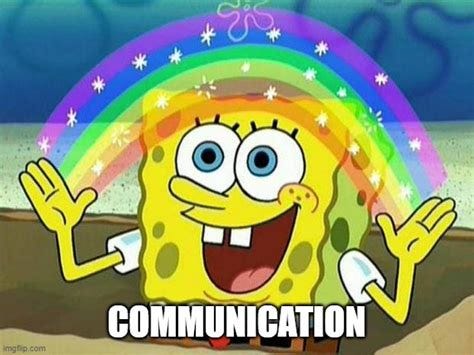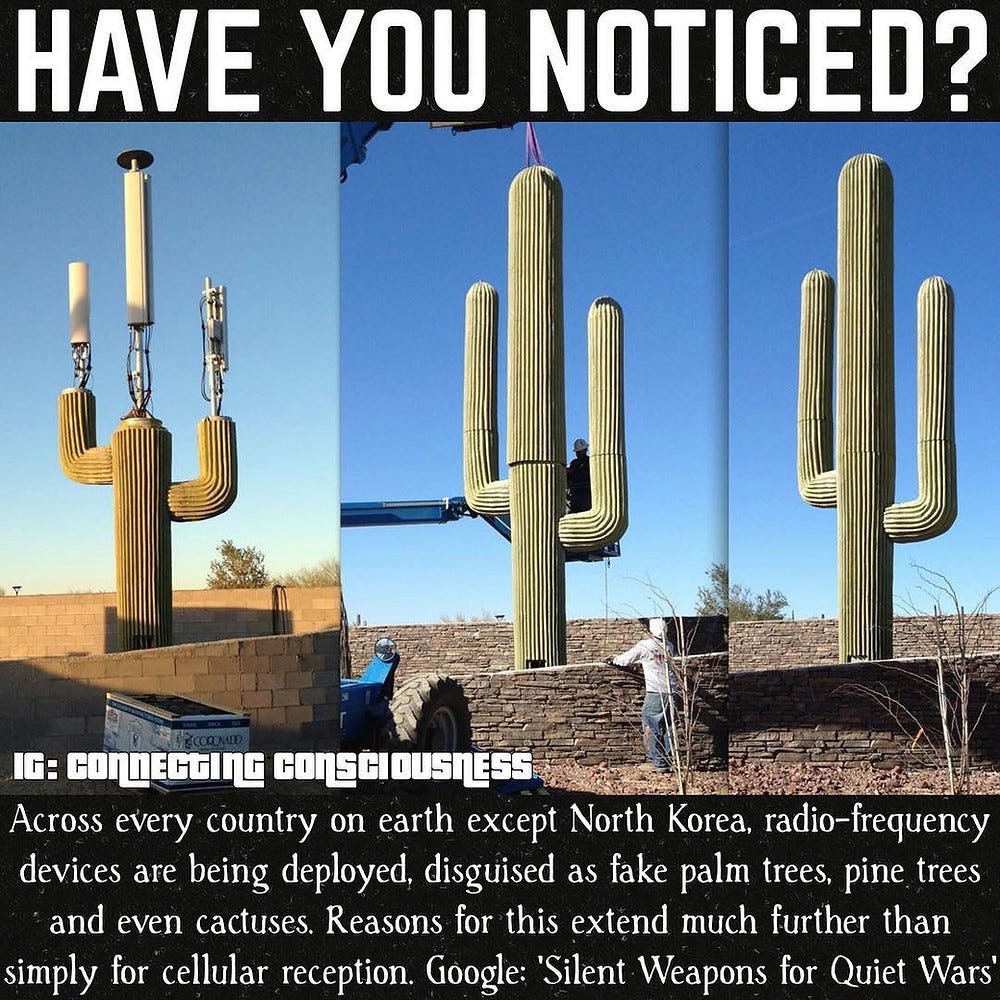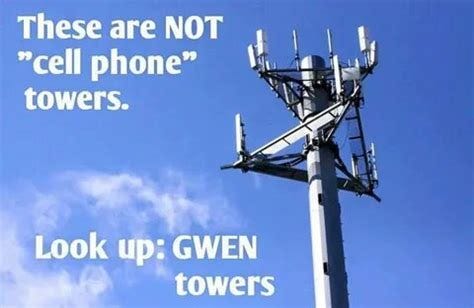In recent years, the rapid evolution of telecommunications technology has brought terms like 5G and GWEN into public discourse. While both are pivotal in their respective domains, they serve very different purposes and operate on distinct principles. But what are the fundamental differences between 5G towers and Ground Wave Emergency Network (GWEN) towers?
5G Towers: The Backbone of Modern Connectivity
Overview: 5G, the fifth generation of wireless technology, promises unprecedented speed and connectivity, enabling innovations in various sectors, from healthcare to smart cities. 5G towers are integral to this network, facilitating the transmission of data at high speeds and low latency.
Key Features:
Frequency Bands:
5G operates across multiple frequency bands, including low-band (below 1 GHz), mid-band (1-6 GHz), and high-band (24-100 GHz, also known as millimeter wave).
Low-band provides broad coverage but slower speeds.
Mid-band offers a balance of coverage and speed.
High-band delivers ultra-fast speeds but with limited range and penetration.
Speed and Capacity:
Capable of speeds up to 10 Gbps, significantly faster than its predecessor, 4G.
Designed to handle a massive number of devices simultaneously, crucial for IoT (Internet of Things) applications.
Latency:
Offers latency as low as 1 millisecond, enabling real-time applications such as remote surgery and autonomous vehicles.
Deployment:
Requires a dense network of small cells due to the high-frequency bands' limited range.
Small cells are often installed on existing structures like lamp posts, buildings, and utility poles.
Use Cases:
Enhanced mobile broadband (eMBB) for high-speed internet access.
Massive machine-type communications (mMTC) for IoT devices.
Ultra-reliable low-latency communications (URLLC) for mission-critical applications.

Image from https://imgflip.com/i/488t5z
Potential Nefarious Uses:
Surveillance:
5G networks can support extensive surveillance infrastructure, enabling the collection of vast amounts of data from devices.
Governments or malicious entities could exploit this capability to monitor individuals' activities, track movements, and infringe on privacy.
Cyberattacks:
The increased connectivity and device density in 5G networks create more potential targets for cyberattacks.
Hackers could exploit vulnerabilities in 5G infrastructure to launch large-scale attacks, disrupt services, or steal sensitive information.
Health Concerns:
Studies have shown that exposure to high-frequency electromagnetic fields (EMFs) used in 5G can lead to adverse health effects, such as increased risk of cancer, neurological disorders, and reproductive issues.
Prolonged exposure to EMFs can cause oxidative stress, DNA damage, and disrupt cellular function, leading to various health problems.
GWEN Towers: Ensuring Resilient “Communication”
Overview: The Ground Wave Emergency Network (GWEN) was developed during the Cold War to ensure robust communication capabilities for the U.S. military in the event of a nuclear attack or other disasters. GWEN towers are supposedly designed to provide secure and reliable communication even under extreme conditions.
Key Features:
Frequency and Coverage:
Operates at low frequencies (150-175 kHz), which allows signals to travel long distances and penetrate through various obstacles.
Uses ground wave propagation to ensure stable communication over a large area.
Purpose:
Primarily established to maintain command and control capabilities during and after a nuclear event.
Designed to be resilient to electromagnetic pulse (EMP) attacks that could disrupt conventional communication systems.
Infrastructure:
Towers are typically 299 feet tall to optimize ground wave propagation.
Network consists of fewer, more widely spaced towers compared to the dense deployment of 5G cells.
Use Cases:
Emergency communication for military and government operations.
Backup communication network in case of major infrastructure failure.
Potential Nefarious Uses:
Military Exploitation:
GWEN towers could be repurposed to support offensive military operations, providing resilient communication for coordinated attacks.
They could be used to disseminate misinformation or propaganda in the event of a conflict.
Mind Control Theories:
Some suggest that GWEN towers could be used for mind control or psychological operations, manipulating public perception and behavior.
While these theories are largely speculative, they reflect public fear and misunderstanding of such technologies.
EMP Attacks:
If compromised, GWEN towers could theoretically be used to enhance the effects of electromagnetic pulse (EMP) attacks, disabling electronic devices and communication networks over a wide area.
Health Concerns:
Electromagnetic Fields (EMFs):
GWEN towers emit low-frequency EMFs, which have been linked to health risks such as leukemia, brain tumors, and other cancers.
Continuous exposure to low-frequency EMFs can lead to sleep disturbances, headaches, and cognitive issues.
Psychological Effects:
The presence of GWEN towers and the knowledge of their potential uses can cause anxiety and stress among populations, especially those concerned about their potential misuse for surveillance or control.
Contrasting 5G and GWEN Towers
Technological Basis:
5G relies on high-frequency signals for fast, high-capacity data transmission.
GWEN utilizes low-frequency ground waves for resilient, long-range communication.
Primary Function:
5G is focused on enhancing everyday connectivity and supporting advanced technological applications.
GWEN is designed for emergency use, ensuring communication continuity in catastrophic scenarios.
Deployment Strategy:
5G requires a dense network of small cells for optimal performance.
GWEN towers are fewer in number, strategically placed to maximize coverage and reliability in emergencies.
Public Perception and Use:
5G is a commercial technology, becoming ubiquitous in urban areas and daily life.
GWEN remains relatively obscure, known primarily in military and emergency management circles.
While 5G towers and GWEN towers both represent significant advancements in “communication” technology, they cater to vastly different needs and contexts. Understanding these differences highlights the diverse approaches taken to ensure connectivity, whether for everyday use or in preparation for extraordinary circumstances. However, like all powerful technologies, they can be misused, and it is crucial to remain vigilant about potential nefarious applications to ensure that these technologies are used responsibly and ethically. Moreover, the health impacts associated with both technologies warrant careful consideration and further research to safeguard public health.

It is curious to see the widespread installation of 5G and Ground Wave Emergency Network (GWEN) towers across urban and rural landscapes, especially considering that most international communication relies on a vast network of submarine cables. These undersea cables, spanning the ocean floors, carry approximately 99% of transoceanic data traffic, including internet, telephone, and private communications, offering high capacity and unparalleled reliability. While 5G and GWEN towers are marketed as enhancing local and regional connectivity and improving mobile and emergency communication capabilities, it's important to note that communication could still function without these towers. Traditional landline phones, broadband internet, Wi-Fi networks, satellite communication, and fixed wireless access can all supposedly support local and regional communication needs.

Although these alternatives might not match the speed and mobility provided by 5G towers, they could reduce potential health concerns associated with constant exposure to electromagnetic fields. Given this, it raises the question of whether the extensive rollout of these towers was or is truly necessary. This juxtaposition of advanced terrestrial communication structures against the backdrop of a predominantly submarine-based global communication infrastructure underscores the layered and complex nature of modern communication networks.






Thank you for making everything clear and contrasting GWEN / 5G so well.
When you are underneath the tower and look up, you see an interesting symbol.